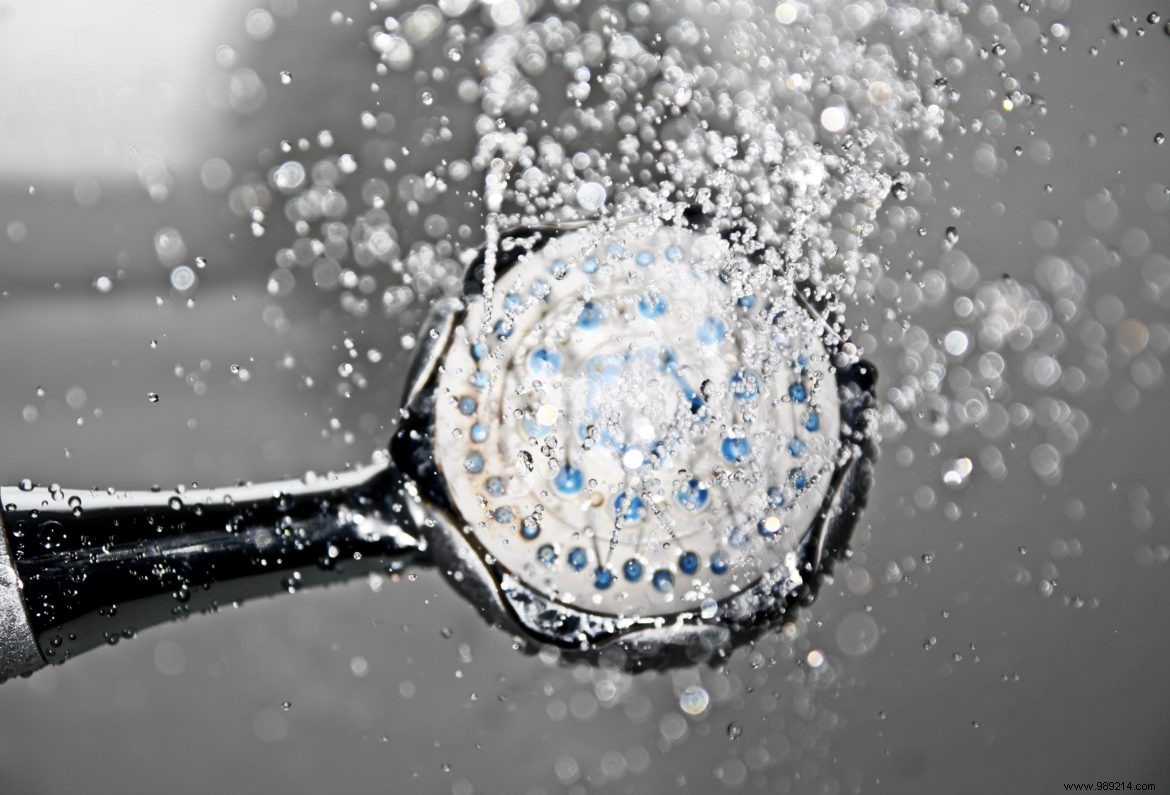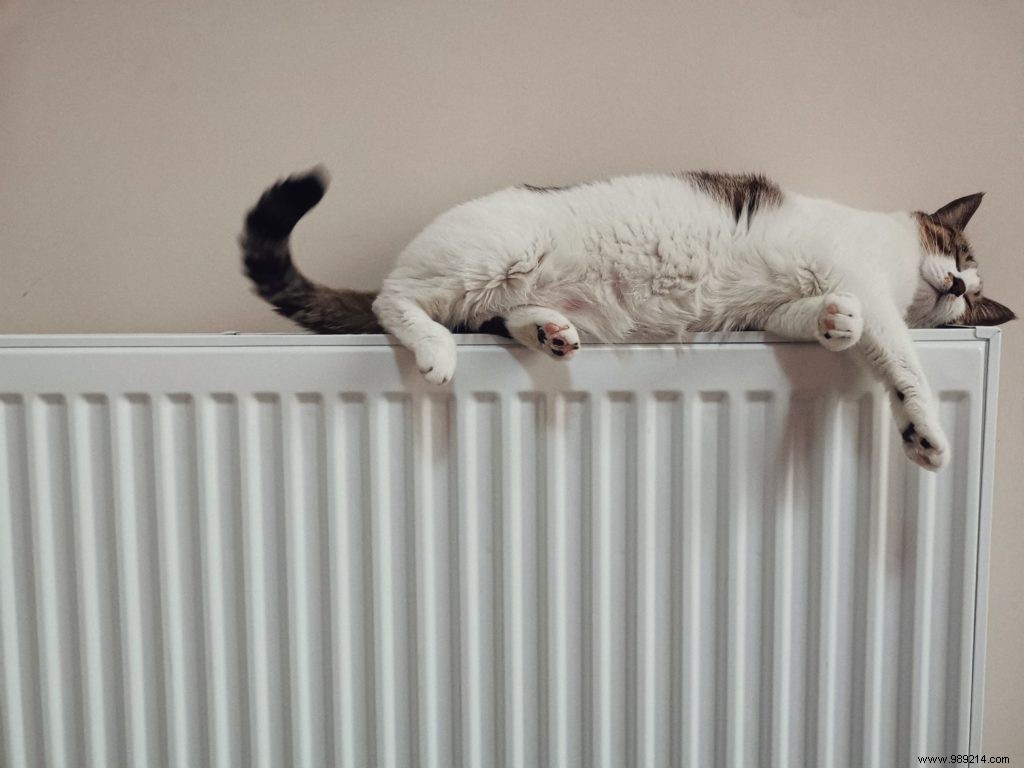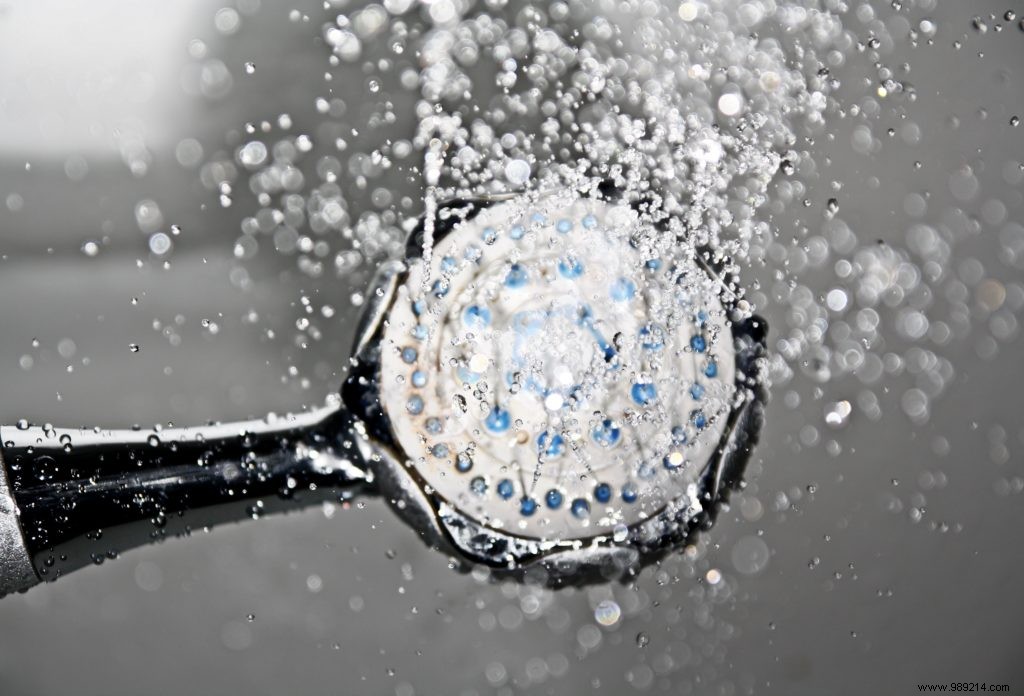
In this period of confinement, it is sometimes difficult to keep good reflexes and measure your energy expenditure. If teleworking actually has very little impact on the electricity bill since computers, tablets and smartphones consume little, spending more time at home tends to increase the bill. Indeed, if a well-filled fridge is less energy-intensive than an empty fridge, the cooking appliances, in particular the oven and the electric plates represent respectively 1000 kWh and between 500 and 1000 kWh of annual energy consumption, which is far from be negligible!
Contents 1 Check the insulation of your home 2 Heat intelligently 3 Take care of your water heater 4 Control your water consumption 5 Opt for a power stripAlso, as the temperatures continue to drop, the energy needs are more and more palpable. Nevertheless, contrary to popular belief, it is useless to deprive yourself of the comfort of a cozy interior to control your consumption. Sometimes all it takes is a few small gestures. Here are some tips.
According to a study by the Environment and Energy Management Agency (ADEME), the most significant heat losses, especially in old homes, come from 20-25% of the walls, 25-30% of the roof and 10-15% of the windows. Indeed, you should know that before 1974, there were no thermal standards to respect. Therefore, before taking any action that would only result in penny-pinching savings, it is necessary to ensure that your property is properly insulated. To do this, an energy audit, more commonly called an energy performance diagnosis (DPE) makes it possible to estimate the consumption of a dwelling while detecting any problems with thermal insulation. If insulation work represents a cost, it is actually quickly amortized by the savings on the electricity bill. What's more, there are many State schemes that support individuals in the energy renovation of their property. It is possible to cite in particular MaPrimeRénov, the tax credit for energy transition (CITE), aid from the National Housing Agency (Anah), the "Energy saving boost" scheme, etc. .
In dwellings powered by electricity, heating accounts for about a third of total energy expenditure. However, despite this, most people tend to overheat their interior. Whether it's a bad habit borrowed from shops, transport and offices where the ambient temperature can exceed 20°C or simply by wanting to frolic in your apartment in a t-shirt even in winter, one thing is certain, radiators rarely operate at an optimal temperature.

Indeed, ADEME recommends heating living rooms to 19°C and bedrooms to 16°C and for good reason, too much heating affects the quality of sleep, can dry out the airways and cause headaches. It is for this reason that it may be necessary to place a humidifier to clean the air in a room. In addition to the effects on health, too much heating impacts the electricity bill. Nevertheless, some good habits can compensate for excessive energy expenditure. First of all, you have to think about ventilating your home for 5 to 10 minutes a day since healthy air takes less time to warm up. However, care must be taken to cut off your radiator upstream, there is no need to heat the street. Then, when you are away, simply lower the heating by a small degree to reduce its consumption by 5 to 7%. Above all, it is necessary to avoid turning off the radiators as much as possible otherwise, once turned on, they will tend to consume too much. Finally, faced with the advent of home automation, it would be a shame to deprive yourself. Opting for a smart radiator or one that can be controlled via a smartphone guarantees reasonable consumption and saves a lot of hassle!
Representing approximately 15% of a household's energy expenditure, hot water consumption also deserves special attention. And this starts with the water heater which, to be as efficient as possible, must be well adjusted. The ideal temperature of the water in the tank should be between 50 and 55°C. Beyond this, not only can this lead to the risk of injury, but it also requires the use of more cold water to compensate. However, the temperature should not be lowered too much, otherwise bacteria will proliferate and tartar will set in. In this regard, tartar is also responsible for overconsumption of water. On average, 1 mm of scale increases energy expenditure by 8% and 10 mm by up to 50%, hence the need to have your equipment checked regularly, especially if you live in an area where the water is particularly hard.
If favoring the shower over the bath, turning off the tap when washing the dishes or brushing your teeth are already excellent initiatives for controlling your water consumption, there are actually a lot of other quick and easy tips. easy to implement. First of all, when it comes to the dishwasher or washing machine, always make sure to run them when they are full. This is to limit its use as much as possible. In addition, most recent models have an "eco" mode which washes just as well, but which optimizes the amount of water used. Regarding toilets, you should know that they represent almost a third of the total water consumption in the house. Thus, it is better to opt for a so-called "low water flow" model which uses an average of 4.5 liters of water compared to 6 for a traditional toilet. As for the shower, which is particularly warm in winter, it is better to invest in an ecological shower head that regulates the flow of water while providing satisfactory comfort. Also, faucets with a mixer are a very effective way to save time and money. They reduce water consumption while saving you from waiting for it to be at a reasonable temperature.

Electrical appliances on standby and even switched off also have their role to play in terms of energy consumption. A desktop computer, a printer, a wifi box, a television induce a hidden expense since logic dictates that once turned off they no longer consume anything. The same is true for chargers which, even when not performing their duties, use an average of 2 kWh per year. However, in winter, as the pace is more homelike, electronic devices are used more. Taken together, these small expenses are responsible for more than 10% of a home's energy use and even require all the energy of a nuclear power plant on their own. However, it is enough to install one or more power strips in its interior to control its consumption as well as possible. So when you leave your home or go to bed, just turn off the switch to limit energy expenditure. There are also programmable sockets (between 10 and 25 €) which allow you to define an on and off time slot, practical for curbing your screen consumption while doing good for the planet but also for your wallet.